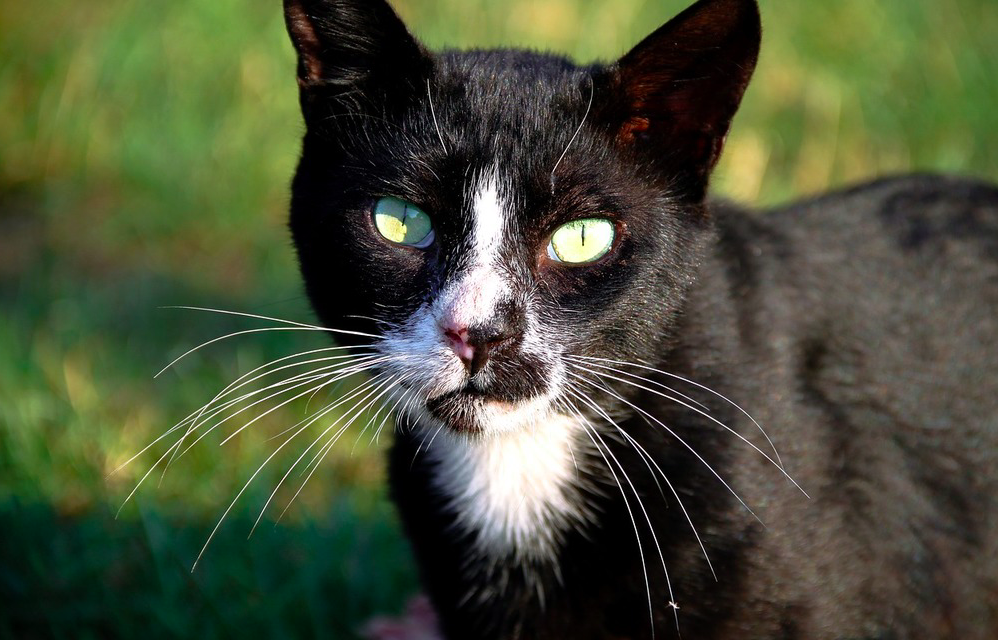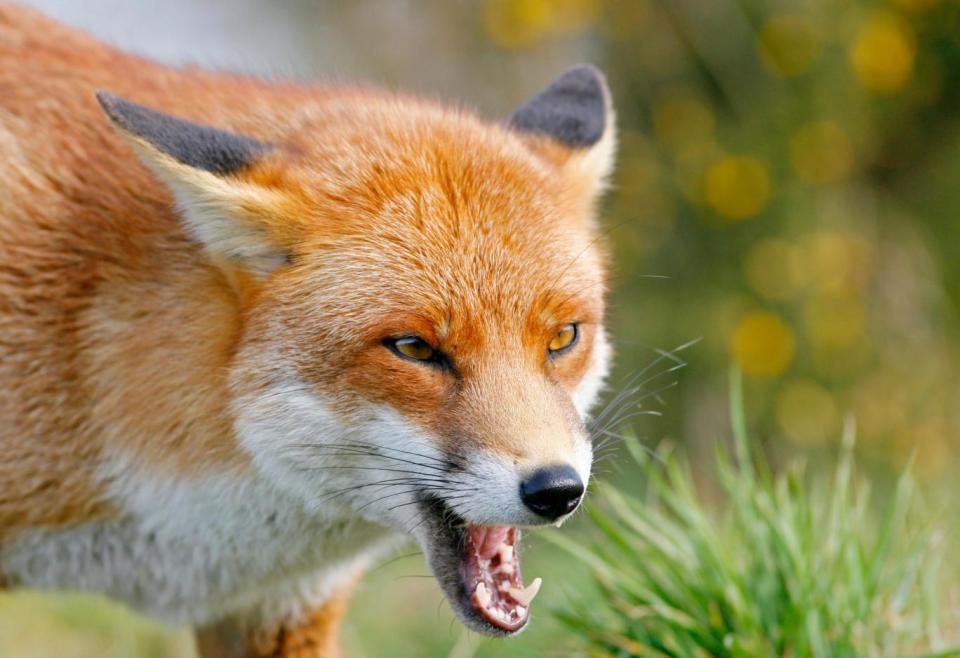Everything we know about the Croydon cat killer as police say they've solved case

The identity of the Croydon Cat Killer is one of the biggest mysteries of recent years but police say they have now finally solved the case.
Hundreds of cats across England have been dismembered and decapitated in a series of grisly killings that began in Croydon, south London.
As the crimes spread to other parts of the country, the individual became known as the M25 Cat Killer and the UK Cat Killer – but police now believe foxes are to blame.
Scotland Yard said its three-year investigation, which saw dozens of slain animals examined, has concluded humans are unlikely to have been responsible for killings.
Police believe the cats were likely hit and killed by cars and scavenging foxes then mutilated body parts – especially the heads and tails.
Stephen Harris, a retired professor of environmental sciences at the University of Bristol who studied the behaviour of foxes for 50 years, had asserted in July this year that there may not be a killer.
He wrote in New Scientist [subscription required] that the pattern of blunt-force trauma followed by removal of the head and tail was consistent with road traffic accidents then scavenging by foxes.
Professor Harris pointed to a similar series of cat deaths in the 1990s in Greater London where he concluded that the animals had been killed by cars and mutilated by foxes.
Here’s everything you need to know about the history of the Croydon Cat Killer…

When did the killings start?
Reports of cat deaths in Croydon began in 2014 and South Norwood Animal Rescue and Liberty (SNARL) reported incidents of cat mutilation to the police in October 2015.
SNARL now believes the killings go back to as far as 2010 after they were approached by families about deadly attacks on pets up to three years before they began investigating.
By November 2015, the Metropolitan Police launched an official investigation into the killings, under the name ‘Operation Takahe’ and led by Detective Sergeant Andy Collin.
What happened to the animals?
Various pet owners found their cats had been killed, dismembered and decapitated. The RSPCA said in 2016 that many of the deaths were the result of blunt trauma, which SNARL claims is a result of the animals being thrown against walls.
Some cats had also been disembowelled or cut in half.
Police reportedly had not found any evidence that the animals were deliberately killed by a human in February 2016, but a vet stated that he found raw chicken in the stomachs of several killed cats – suggesting that they had possibly been lured to their deaths with the offer of meat.
Tony Jenkins, from SNARL, told the BBC that he believed the animals were killed elsewhere and brought to the scene due to the absence of blood.
READ MORE ON YAHOO NEWS UK
Puppy with paws tied together by hairband found dumped outside charity shop
Watch: Garden wizard spends 273 HOURS mowing amazing patterns into his lawn
Alton Towers rollercoaster crash victims to sue theme park ‘for millions’
Inside Jack’s: Tesco’s budget supermarket to take on Lidl and Aldi
Was it only cats that were killed?
While the majority of the dead animals were cats, other animals were also apparent victims of the Croydon Cat Killer.
Rabbits were also found dead and mutilated, while SNARL reported a fox head left in the car park of a Tesco in Caterham, a claim that could not be confirmed by a spokesman for the supermarket.

How many animals were killed?
The deaths of 10 cats across London had been linked by an examining vet, while police said at the time that the number of cases was still in single digits.
By April 2016, SNARL had recorded 50 attacks across north, south and east London and Guildford in Surrey.
The figure leapt to 100 by June of the same year and it is believed the Croydon Cat Killer is responsible for the deaths of more than 400 cats across England during their grisly spree, although police believe there is a possibility of copycat killings.
Were the attacks confined to London?
No – reports of mutilated cats spread outside of the boundaries of the capital, leading to the individual being renamed the M25 Cat Killer. However, attacks were soon reported as far north as Manchester, leading the individual to be renamed once again to the UK Cat Killer.
Description of the killer
SNARL claimed that Surrey Police described the alleged killer as a white man in his 40s with acne scars, dark clothes and short brown hair, who may be wearing a headlamp or carrying a torch.

Possible motives
DS Collins said in 2017 that the killer may be motivated by a vendetta against women as ‘cats… are associated with the feminine’.
He added: ‘The killer can’t deal with a woman or women who are troubling him.’

Metropolitan Police have now closed their investigation and concluded that foxes are indeed to blame.
In a statement the Met said: ‘Following a thorough examination of the available evidence, officers working alongside experts have concluded that hundreds of reported cat mutilations in Croydon and elsewhere were not carried out by a human and are likely to be the result of predation or scavenging by wildlife.’

 Yahoo News
Yahoo News 

